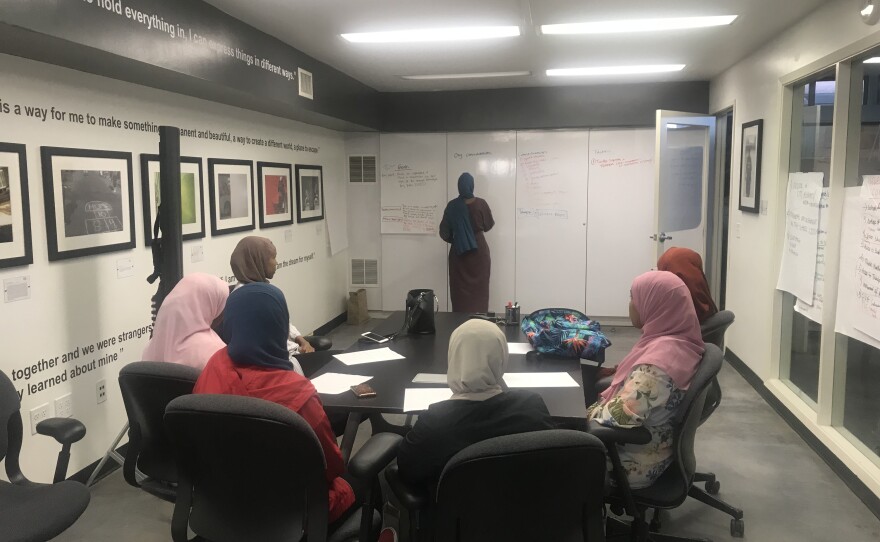The World Bank projects climate change will displace as many as 140 million people around the world by 2050, with Latin America, sub-Sarahan Africa and South Asia the hardest-hit regions.
San Diego has one of the largest refugee populations in the country. And those who serve the local community say they’re already seeing the impacts of climate change has had on the refugee communities they serve.
"What's happening and what I know that people tell us is they leave their rural communities in search of food, in search of water during droughts that are occurring," said Ramla Sahid, Executive Director of the Partnership for the Advancement of New Americas, a non-profit aimed at helping the refugee community in San Diego County.
"With limited resources and people's land rights being threatened, obviously you'll see...a lot more conflict as well that kind of exacerbates an already highly volatile, violent [region]."

Hussein Haye Nur came to the United States from Somalia more than three decades ago to study as a foreign military exchange student. After completing his training, Nur said he felt unsafe returning to his home country because of the ongoing civil war and ended up settling in San Diego.
"The country was in political turmoil and when I left the country people were fighting so badly," he said.
Today, the United Nations considers Somalia the most vulnerable country in the world to climate change. Nur says drought has forced members of his extended family in Somalia off their farms and into refugee camps in Kenya and Ethiopia.
"They rely on the rain and if they miss one season of that rain it's going to be devastating and the food and water would be scarce," he said.
Nur says that he's seen many able-bodied men in East Africa joining armed factions simply to survive.








